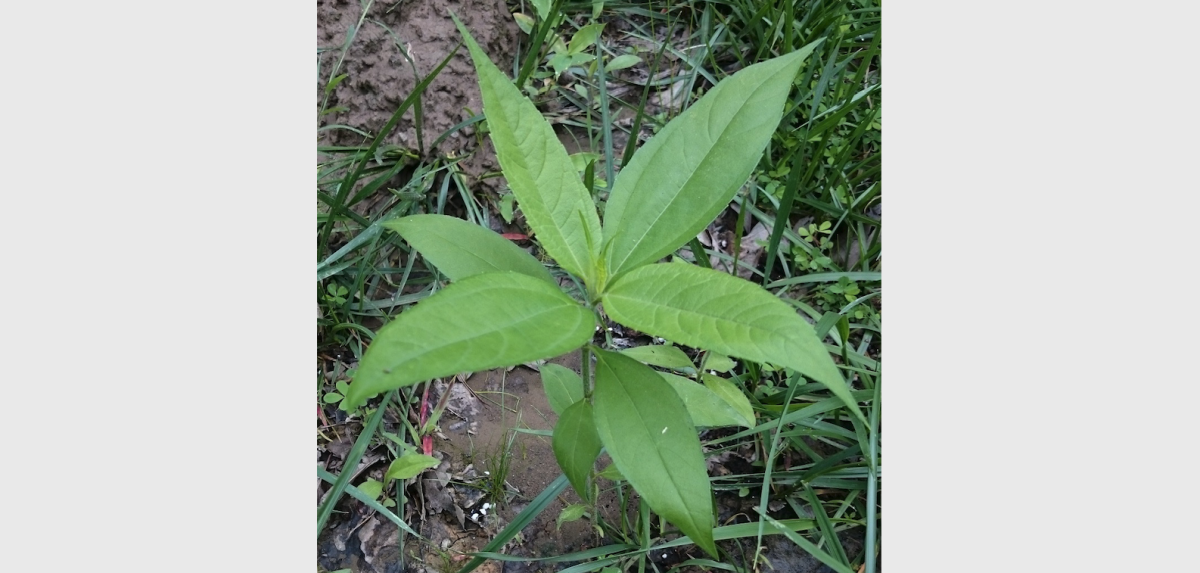Consideration # 4: Pests & Diseases
Pests and diseases are a concern for any crop. They can drastically reduce your yield or even destroy your plants completely. Most people who grow corn plant special hybrid varieties that are resistant to many diseases and then they also spray their fields with various treatments throughout the season. This is because crop diseases are a huge problem when it comes to corn. The huge fields of it that are grown across much of the country every year mean that diseases can rapidly spread across vast swaths of land. Of course, the hybrid varieties are continually updated to handle new threats. But heirloom varieties don’t have this option, so they often suffer.
Because perennials are designed to survive year-after-year in the same spot, they usually have better disease resistance than annuals. Sunroots are no exception. They generally suffer from few if any serious plant diseases. This becomes especially important when access to modern chemical treatments goes away. I know there are all natural treatments that can work against certain problems, but only as long as you can stockpile the ingredients or produce them yourself. As they say “an ounce of prevention is worth a pound of cure”.
An important strategy that most gardeners employ to reduce diseases is to grow plants from a variety of botanical families. For example, tomatoes, potatoes, bell peppers, and eggplants are all members of the Solanaceae family. Many diseases that attack one of these plants can spread to attack the others as well. (This is why when you are practicing crop rotation, tomatoes shouldn’t be rotated into a bed that contained potatoes last year). Jerusalem artichokes are members of the Asteraceae family. The only other commonly grown food plant in that family is sunflowers. So adding this crop can add to the diversity and resilience of your food supply.
Insects can also do a lot of damage to crops. I wish I could say that sunroots were immune to this type of problem, but I can’t. I will say that this wonder crop doesn’t seem to be a target for slugs, Japanese beetles, caterpillars, or stink bugs (all of which are abundant in my garden). But aphids seem to like young sunroots better than anything else I grow. Early in the season I find clusters of them underneath the leaves on a regular basis. Left unchecked they slowly drain energy from the plant. Sevin™ spray seems to take care of them and the dust works even better. I also set out little trays of Terro™ to kill the ants that bring the aphids in. Given enough time, you could manually walk through your patch and crush the aphids by hand on the leaves. I’ve done that and the leaves are plenty sturdy enough to handle this. By mid-summer the plants seem to toughen up and the aphid problem starts to fade away.
Besides pests of the microscopic and insect kinds, we must also deal with larger four-legged ‘friends’. Because…
